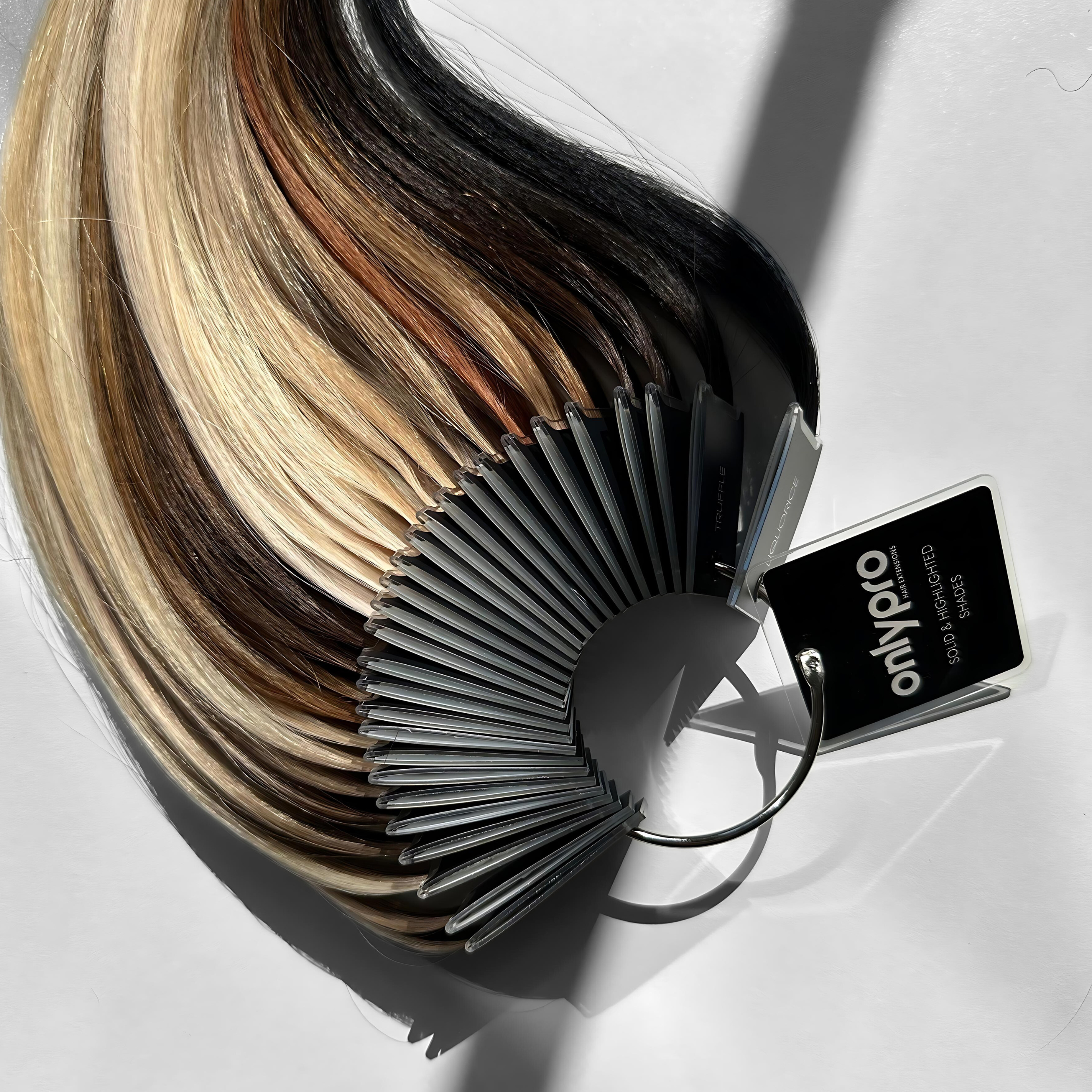
Can I Swim in Hair Extensions?
Hey there, summer lovers! With the sun shining bright and those pool parties and beach days calling your name, you might be wondering: can you dive into the water with your fabulous hair extensions? The answer is yes, but there's a little more to it. Let’s dive into how you can swim without turning your hair extensions into a tangled mess.
The Short Answer: Yes, But Be Careful
Yep, you can swim with hair extensions, but it’s not as simple as just jumping in. Hair extensions, whether they’re made of natural hair or synthetic fibers, need a bit of TLC to keep them looking gorgeous. Here’s what you need to know to keep your extensions safe and stylish.
Getting Ready to Swim
1. Pick the Right Extensions
Not all extensions are created equal when it comes to swimming. High-quality, 100% Remy human hair extensions tend to handle water better than synthetic ones. Know what you’ve got before you take the plunge.
2. Braid or Bun It Up
Before you hit the water, braid your hair or tie it up in a bun. This simple trick helps prevent tangles and keeps your hair more manageable afterward. Plus, it looks cute!
3. Rinse First
Give your hair a quick rinse with fresh water before swimming. This helps saturate your hair so it won’t soak up as much chlorinated or salty water, which can be pretty harsh on extensions.
4. Apply a Protective Product
Slather on some leave-in conditioner or a protective spray specifically designed for hair extensions. These products act as a shield against chlorine, salt, and UV rays.
While You’re in the Water
1. Wear a Swim Cap
Okay, swim caps might not be the hottest fashion trend, but they’re super effective at protecting your hair. Go for a larger one made for long hair so it’s comfy and does the job.
2. Keep Your Hair Out of the Water
If you can, try not to fully dunk your head. Keeping your hair above water as much as possible helps minimize the contact with chlorine and salt.
After Your Swim
1. Rinse Right Away
As soon as you’re out of the water, rinse your hair with fresh water. This helps wash away any chlorine or salt that could damage your extensions.
2. Deep Condition
After rinsing, apply a deep conditioner to replenish moisture. Leave it on for a few minutes to give your hair a good hydration boost.
3. Detangle Gently
Use a wide-tooth comb or a special brush for hair extensions to gently detangle your hair. Start at the ends and work your way up to avoid breakage.
4. Air Dry if You Can
Try to let your hair air dry naturally. If you must use a blow dryer, keep it on the coolest setting to avoid heat damage.
Keep Your Extensions Happy Long-Term
1. Regular Check-Ups
Make regular appointments with your stylist for maintenance. This keeps your extensions in tip-top shape and ensures they stay secure.
2. Use Quality Products
Stick to high-quality, sulfate-free shampoos and conditioners. These are gentler on your extensions and help maintain their integrity.
3. Limit Water Exposure
While the occasional swim is fine, try not to make it a daily habit. The less exposure to chlorine and saltwater, the better for your extensions.








Leave a comment
This site is protected by hCaptcha and the hCaptcha Privacy Policy and Terms of Service apply.